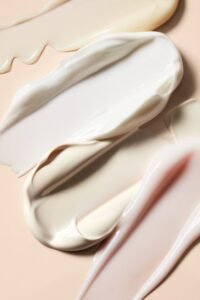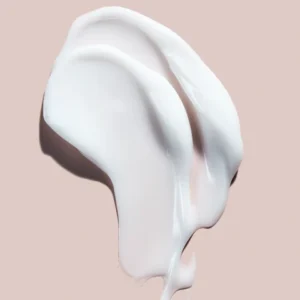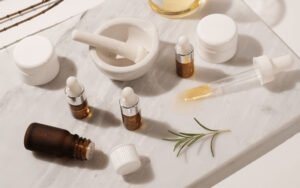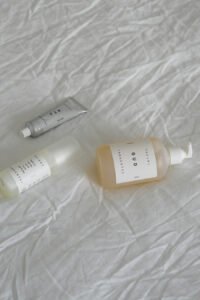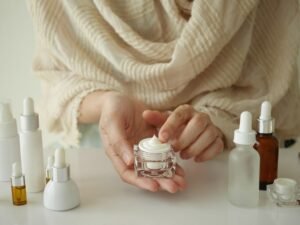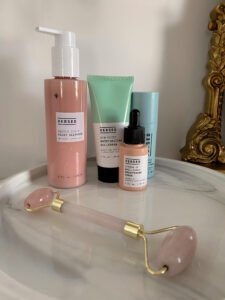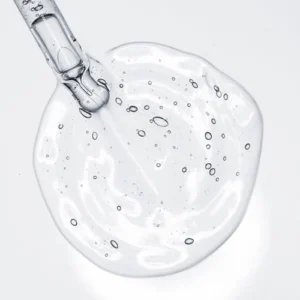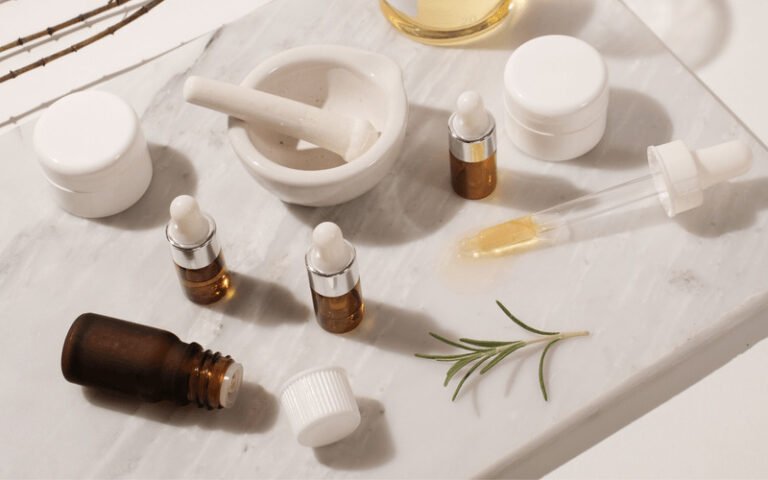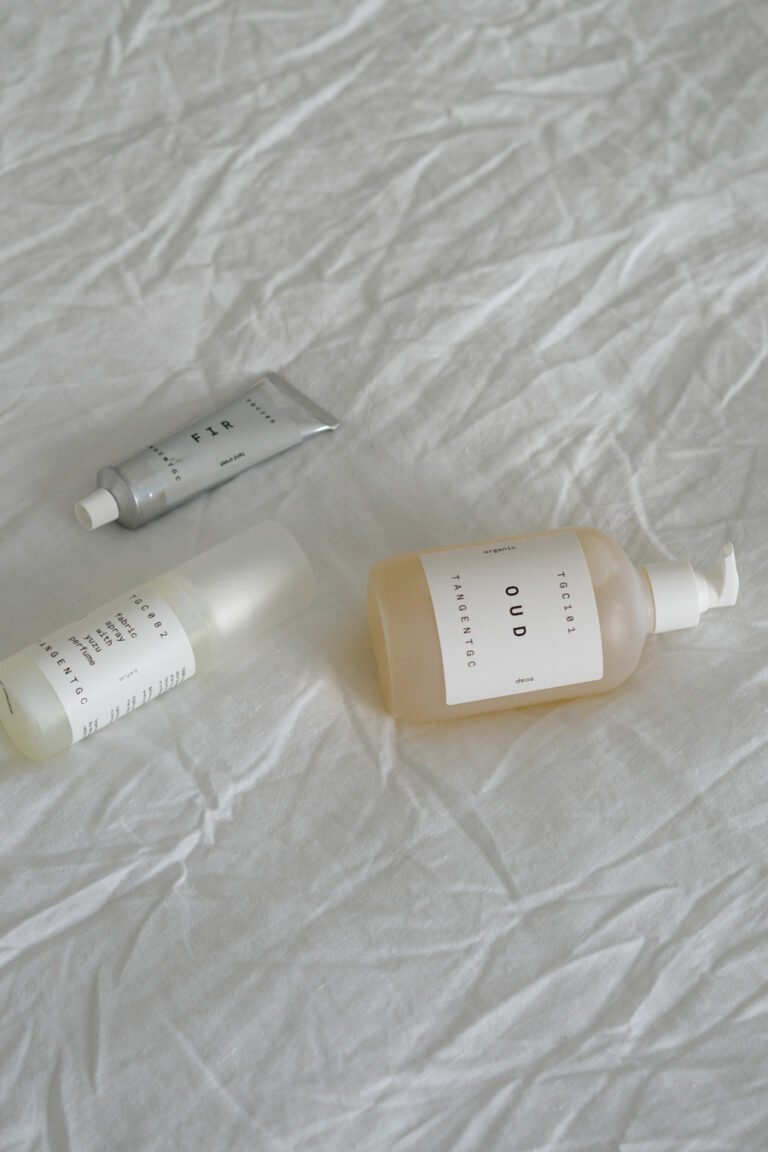🧴 Sensitive Skin? 7 Ingredients to Avoid (and What to Use Instead 💁♀️)
If you’ve got sensitive skin, you know the struggle:
You try a new “miracle” cleanser or moisturizer… and suddenly your face feels like it’s on fire 🔥 or looks like a tomato 🍅.
Don’t worry — you’re not alone! Sensitive skin is super common, and it just means your skin barrier is a bit more delicate. But here’s the thing: most irritation comes down to the wrong ingredients.
👉 The good news? Once you know what to avoid (and what to swap in instead), your skincare routine can finally calm down — and so can your skin 😌.
Let’s break it all down.
🌸 Why Sensitive Skin Freaks Out
Sensitive skin usually means your skin barrier is weaker — so stuff that’s fine for others might sting, burn, or cause redness for you.
Here’s what can make it worse:
🧼 Harsh cleansers that strip oils
🧪 Strong actives or exfoliants
🌿 Fragrances & essential oils
💧 Alcohol-heavy toners
❌ Overdoing it with too many products at once
Now… let’s dive into the big offenders 👇
🚫 1. Fragrance & “Masking Agents”
Why to avoid:
Fragrance (yes, even natural ones!) is the #1 irritant for sensitive skin. Synthetic or essential oil–based, both can cause redness, itching, or burning. Even products labeled “unscented” might have masking agents — sneaky!
Better swap:
✨ Go for “fragrance-free” (not “unscented”) and skip essential oils like lavender or citrus.
Try instead:
Cetaphil Gentle Skin Cleanser — 🧼 classic, mild, fragrance-free ([Amazon Link])
Bioderma Sensibio H2O Micellar Water — 💧 removes makeup gently without perfume ([Amazon Link])
Your nose might miss the floral scent, but your skin will thank you 🙏.
💥 2. Sulfates (like SLS)
Why to avoid:
Ever used a cleanser that foamed like dish soap? That’s probably SLS (Sodium Lauryl Sulfate). It’s great for cleaning dishes, not delicate skin. It strips oils and leaves your face tight or flaky 😬.
Better swap:
Use sulfate-free cleansers made with gentler surfactants like coco-glucoside or decyl glucoside.
Try instead:
CeraVe Hydrating Cleanser — contains ceramides + hyaluronic acid, no sulfates 💚 ([Amazon Link])
Aveeno Calm + Restore Oat Cleanser — oat-based, creamy, and soothing 🥣 ([Amazon Link])
🥃 3. Drying Alcohols (Denatured, Ethanol, Isopropyl)
Why to avoid:
These alcohols evaporate fast and take your skin’s moisture with them 😭. They can cause dryness, flakiness, and burning — especially if your barrier’s already compromised.
Better swap:
Fatty alcohols (like cetyl or stearyl alcohol) are fine — they’re moisturizing!
Look for “alcohol-free” labels, and choose hydrating ingredients instead.
⚡ 4. Harsh Acids & Scrubs
Why to avoid:
Overdoing exfoliation is a sensitive skin disaster 😣. Glycolic acid, salicylic acid, and harsh scrubs can leave your face inflamed or flaky.
Better swap:
Use PHAs (Polyhydroxy Acids) instead — they exfoliate gently. Or try azelaic acid, a mild multitasker that evens tone without the burn.
🧪 5. Parabens & Preservative “Releasers”
Why to avoid:
Parabens (like methyl-, propyl-, or butylparaben) can trigger irritation or allergic reactions in sensitive skin. Formaldehyde-releasing preservatives (like DMDM hydantoin) are even worse 🚫.
Better swap:
Look for phenoxyethanol or ethylhexylglycerin as gentler preservatives.
Try instead:
Vanicream Gentle Facial Cleanser — free of parabens, dyes, fragrance, and sulfates 🧴 ([Amazon Link])
Eucerin Sensitive Skin Q10 Cream — preservative-light and dermatologist-approved 💛 ([Amazon Link])
🌿 6. Essential Oils & Strong Botanicals
Why to avoid:
“Natural” doesn’t always mean “safe.” Essential oils like tea tree, peppermint, eucalyptus, or citrus are common sensitizers 🌻.
Better swap:
Choose calming botanicals like aloe vera, chamomile, or centella asiatica instead — they soothe without irritation.
Try instead:
COSRX Centella Blemish Cream — uses cica (centella) to calm redness 🌱 ([Amazon Link])
Avene Antirougeurs Fort Relief Concentrate — for flushing or rosacea-prone skin 💗 ([Amazon Link])
🧴 7. Lanolin, Urea, Propylene Glycol
Why to avoid:
Lanolin (wool-derived), high-level urea, and propylene glycol can all cause allergic reactions or stinging in sensitive skin.
Better swap:
Go for squalane, ceramides, and glycerin — hydrating, non-irritating, and barrier-supportive! 💦
Try instead:
The Ordinary Natural Moisturizing Factors + HA — hydrates without heaviness 🩵 ([Amazon Link])
CeraVe Moisturizing Cream — dermatologist favorite, full of ceramides 🤍 ([Amazon Link])
🪄 Quick Summary: What to Avoid vs What to Use
| ❌ Avoid | 💡 Why It’s Bad | ✅ Use Instead |
|---|---|---|
| Fragrance / Essential Oils | Common irritants | Fragrance-free, no EO |
| SLS / Harsh Sulfates | Strips oils | Sulfate-free cleansers |
| Denatured Alcohol | Dries skin | Fatty alcohols / humectants |
| Strong Acids / Scrubs | Barrier damage | PHAs, Azelaic Acid |
| Parabens / Formaldehyde Donors | Allergenic | Phenoxyethanol |
| Lanolin / Urea / Propylene Glycol | Sensitizing | Ceramides, Squalane |
| Harsh Botanicals | Trigger redness | Aloe, Centella, Oat |
🌼 Best Ingredients for Sensitive Skin
Now for the fun part — what actually helps!
These are the real MVPs for calming, hydrating, and strengthening your skin barrier 💪:
🧡 Ceramides — repair and protect your barrier
💧 Hyaluronic Acid — deep hydration
🌿 Aloe Vera & Chamomile — soothe inflammation
💙 Niacinamide (Vit B3) — reduces redness, evens tone
🩵 Panthenol (Vit B5) — calming + repairing
🌾 Colloidal Oatmeal — softens and soothes irritation
🫶 Squalane — lightweight moisture for all skin types
🧠 Pro Tips for Calming Sensitive Skin
✨ Patch test everything — jawline, inner arm, or behind ear for 3–5 days.
✨ Introduce one new product at a time.
✨ Avoid layering too many actives.
✨ Don’t use strong acids and retinoids together.
✨ Less is more — keep it simple!
If your skin ever feels tight, itchy, or red — stop, simplify, and go back to basics.
💬 Final Thoughts
Sensitive skin isn’t a curse — it’s just a little high-maintenance 😉.
Once you ditch the harsh stuff and focus on barrier repair, you’ll notice your skin calm down, glow up, and feel like itself again.
So take it easy, listen to your skin, and go fragrance-free, sulfate-free, and stress-free 💆♀️💖.
